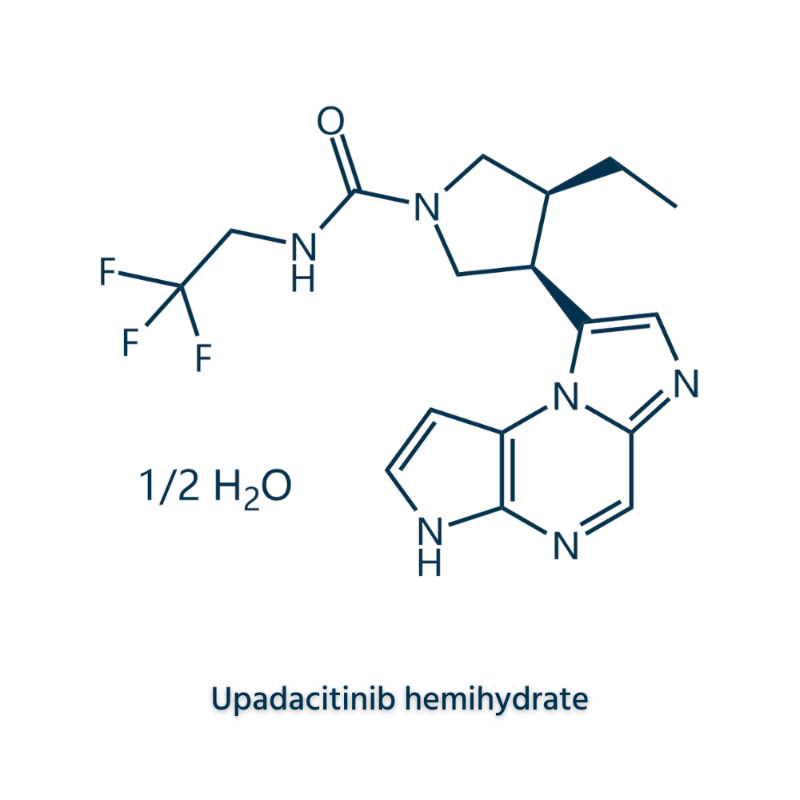The role of PROX1 in the occurrence and development of glioblastoma
-
Last Update: 2020-06-03
-
Source: Internet
-
Author: User
Search more information of high quality chemicals, good prices and reliable suppliers, visit
www.echemi.com
Ref: Goudarzi KM , et alCancer Res2018 Oct 15;78 (20):5901-5916doi: 10.1158/0008-5472.CAN-18-0320Epub 2018 Aug 22.:has studied that the homologous domain transcription factor PROX1 is associated with multiple types of tumor diseases such as glioma, but its mechanism of action needs further clarificationKaveh MGoudarzi of the Karolinska Medical Research Center in Sweden and others explored proX1's role in the development of glioblastoma (GBM) and its effects on prognosis through a series of experiments, the results of which were published online in Cancer Research in August 2018results showed that low expression of PROX1 was associated with lower overall survival in GBM patients and the type of leaf type between GBMBy analyzing the whole genome expression of PROX1 and inhibition of PROX1 cell lines by transcription cluster sequencing technique (RNA-seq), it was found that changes in PROX1 expression can affect cell proliferation rates, and PROX1 is consistent with changes in the level of expression of cell cycle proteins CCNA1 and CCNE1 as well as CDKN1A, CDKN1B and CDKN1Cinitial ChIP-seq experimental study confirmed that SOX2 can be combined with the PROX1 promoter region, suggesting that SOX2 may play a decisive role in the expression of PROX1In the experimental study, the authors also found that expression of SOX2 can improve the expression of PROX1, while the use of CDK2 inhibitors in the reduction of PROX1 expression at the same time, SOX2 expression level decreased, indicating that SOX2 and PROX1 indirectly interact with each otherIn the experiment of nuclear complex Co-IP, mass spectrometry analysis showed that thyroid hormone receptor-related protein 3 (THRAP3) and PROX1 could form a complex, which was confirmed in the mutual immunity co-precipitation experimentIn addition, studies have found that inhibiting THRAP3 increases the content of PROX1 transcription proteinsauthors concluded that PROX1 can be used as a marker for predicting prognosis in patients with GBMThe interaction of the above proteins shows that PROX1 has an important effect on the development of GBM, especially with changes in cell proliferation associated with the cell cycleIn addition, the loss of PROX1 prompted the transition of pre-neuron altos to congestive subtypes, which is the molecular biological basis for the production of heterogeneous cell populations during tumor evolutionCdk2 inhibition may provide new ideas for the targeted treatment of glioblastoma sofories with proX1 high expression.
This article is an English version of an article which is originally in the Chinese language on echemi.com and is provided for information purposes only.
This website makes no representation or warranty of any kind, either expressed or implied, as to the accuracy, completeness ownership or reliability of
the article or any translations thereof. If you have any concerns or complaints relating to the article, please send an email, providing a detailed
description of the concern or complaint, to
service@echemi.com. A staff member will contact you within 5 working days. Once verified, infringing content
will be removed immediately.







